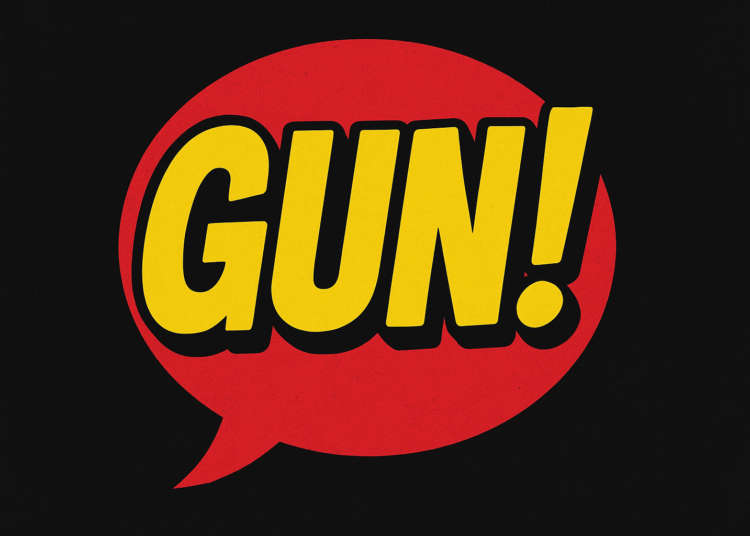It started as a routine day at a local medical facility — until one patient’s words turned everything upside down. By the time officers arrived, staff were rattled and a nurse was left fearing for her safety.
Police confirmed they were called after an alarming threat was made to a nurse. The patient, upset about treatment, allegedly told staff they planned to return the next day — and this time they’d be bringing a gun.
Officers took the employee’s report and began documenting the incident, but the scare highlights a growing problem many people don’t realize violence and threats against healthcare workers are on the rise.
🚨 What Went Down
👩⚕️ A nurse felt threatened by a patient.
🔫 Patient allegedly said they’d “bring a gun” when they returned.
👮 Police were called, a report was taken, and staff were advised on safety.
😨 Medical workers at the facility were shaken, but no one was physically harmed.
🏥 A Bigger Issue Than You Think
Incidents like this aren’t rare. In fact, nurses, doctors, and hospital staff are some of the most threatened workers in the U.S. According to national reports, they face more workplace violence than police officers and prison guards combined.
🤬 Patients lash out due to pain, stress, or mental health struggles.
🚑 ERs and urgent care centers see the worst of it, but threats can happen anywhere.
🛑 Nurses are often on the front lines, catching the anger before anyone else.
Why This Matters: A Hidden Crisis in Emergency Rooms and Clinics Nationwide
Healthcare workers aren’t just battling illness; they’re facing a growing tide of threats and violence. Here’s what the stats reveal:
- The high cost of healing
Up to 76% of healthcare workers report experiencing workplace violence — and 33% say they’ve suffered physical attacks. AP NewsCENTEGIXTIME+2AP News+2Wikipedia+6American Hospital Association+6ANA+6
- A staggering share of workplace violence cases
Healthcare and social service workers represented nearly 73% of nonfatal workplace violence incidents in 2021–2022 — a rate more than five times the norm for other industries. Axios+1
- It’s not just bruised egos
Over 57,000 nonfatal cases of workplace violence in healthcare led to work restrictions or absences — often lasting days or weeks. The Lancet+15Bureau of Labor Statistics+15CDC+15
- A growing trend of aggression
Violence toward healthcare workers surged by 63% between 2011 and 2018. Bureau of Labor Statistics+7Sheps Center+7Axios+7
- Emergency rooms are battlegrounds
Among ER nurses, more than 54% have experienced physical violence, and 75% of ER doctors report at least one violent incident — often involving patients or their families.
- Many suffer in silence
Surveys find that 1 in 4 nurses have been physically assaulted, and over 50% endure verbal abuse — yet underreporting remains rampant.
🛡️ Protecting Our Healthcare Heroes
Healthcare workers are trained to care for patients — not defend themselves from violence. But more and more facilities are forced to adopt safety plans:
🚪 Security checkpoints at entrances.
📹 Cameras and panic buttons in treatment areas.
🚔 Quick partnerships with local law enforcement.
🧠 Staff training on de-escalation tactics.
🔎 The Takeaway
What began as one patient’s angry outburst turned into a frightening reminder of the dangers medical workers face every day. While police are investigating, local nurses and doctors will head back to work tomorrow, knowing the risks that come with helping their community.
👉 Next time you’re in a clinic or ER, remember: the people in scrubs are there to heal, not to take hits — and they deserve the same protection as any other front-line worker.




















































































